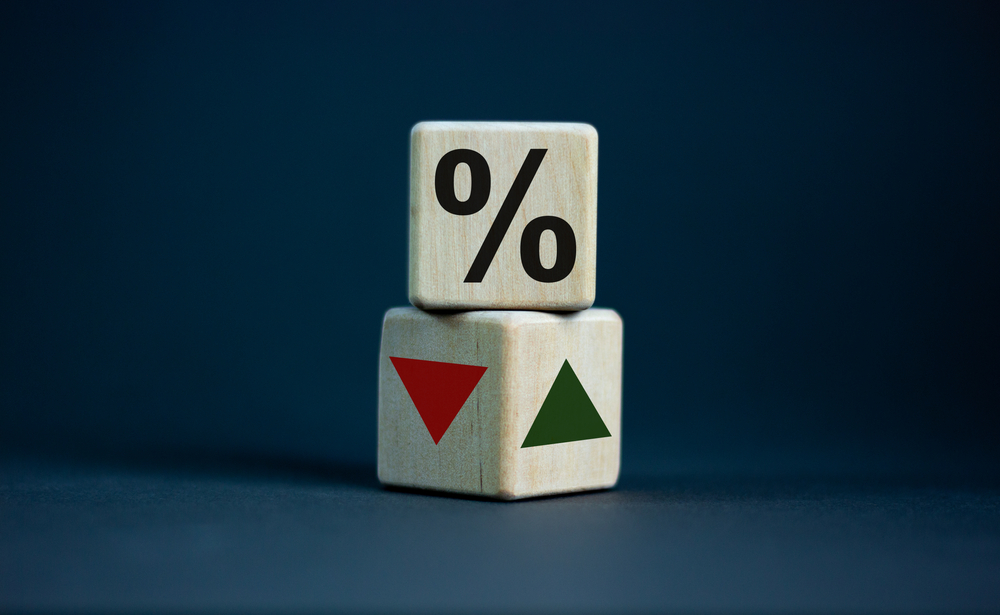[ad_1]
The Federal Reserve on Wednesday decided on its largest interest-rate hike since November 1994, moving ahead with a 0.75 percentage point increase while signaling further aggressive tightening as the United States grapples with its highest inflation in decades.
Upon concluding a two-day meeting of the policy-setting Federal Open Market Committee, the central bank said it will lift its target range for the federal funds rate to 1.50 to 1.75 percent, following a 0.5-point increase in May and a 0.25-point rise in March.
In its new economic projection also released the same day, the Fed expected the benchmark borrowing rate to come to 3.4 percent at the end of 2022 and reach 3.8 percent in 2023, up from March projections of 1.9 percent and 2.8 percent, respectively. It also forecast slower economic growth through 2024.
An acceleration of U.S. monetary tightening is likely to further drive down the Japanese yen, which has already dipped to a 24-year low against the U.S. dollar as the Bank of Japan stands out among major central banks by sticking to its ultra-loose monetary policy.
The Fed’s latest step was more aggressive than initially anticipated and carries the risk of tipping the world’s largest economy into recession in a bid to bring inflation under control.
“Clearly today’s 75-basis-point increase is an unusually large one, and I do not expect moves of this size to be common,” Fed Chairman Jerome Powell told a press conference. “From the perspective of today, either a 50-basis-point or a 75-basis-point increase seems most likely at our next meeting.”
“Our overarching focus is using our tools to bring inflation back down to our 2 percent goal and to keep longer-term inflation expectations well anchored,” he added.
With food and energy prices rising due to Russia’s war in Ukraine and supply-chain disruptions, inflation — gauged by the price index for personal consumption expenditures — was projected to rise to 5.2 percent by the end of 2022 from a year before, an upward revision from the March forecast of a 4.3 percent increase.
It was then expected to fall to 2.6 percent by the end of 2023 and 2.2 percent in 2024.
Gross domestic product was estimated to grow a real 1.7 percent in the fourth quarter of 2022, revised downward from the 2.8 percent expansion estimated in March, while the unemployment rate was projected to be 3.7 percent in 2022, higher than the earlier forecast of 3.5 percent.
Powell said he sees “no sign of a broader slowdown” in the economy, and that he believes a so-called soft landing is possible. But he also acknowledged that “there’s a much bigger chance now that it’ll depend on factors” which monetary policy cannot control, such as spikes in commodity prices stemming from the war in Europe.
When raising the federal funds rate, the U.S. central bank usually moves the figure a quarter-percentage-point at a time.
But facing the highest inflation in about 40 years, the Fed in May lifted the rate by a half-point for the first time since 2000, after ending in March near-zero interest rates that had been maintained to support the economic recovery from the coronavirus pandemic.
Speculation toward a possible 0.75-point hike grew after the consumer price index for May, released on Friday, failed to show inflation peaking in the country.
Powell said the Fed has been looking for “compelling evidence” that inflationary pressures are abating, and was expecting by now to “see clear signs of at least inflation flattening out and ideally beginning to decline.”
“Contrary to expectations, inflation again surprised to the upside. Some indicators of inflation expectations have risen. And projections of this year have moved up, notably. So we thought that strong action was warranted at this meeting,” he said.
The Fed’s strong resolve to tamp down inflation is likely to mean continuing monetary policy divergence between the United States and Japan, raising concerns over the negative impact of the rapid depreciation of the yen on the world’s third-largest economy.
A weak yen typically serves as a boon to Japanese exporters as it boosts their overseas profits when the money is repatriated. When combined with soaring crude oil and other commodity prices, however, it becomes a headache for the resource-scarce country as it pushes up import costs and could dampen consumer spending.
The Fed projected its key interest rate to fall to 3.4 percent in 2024.
[ad_2]
Source link















